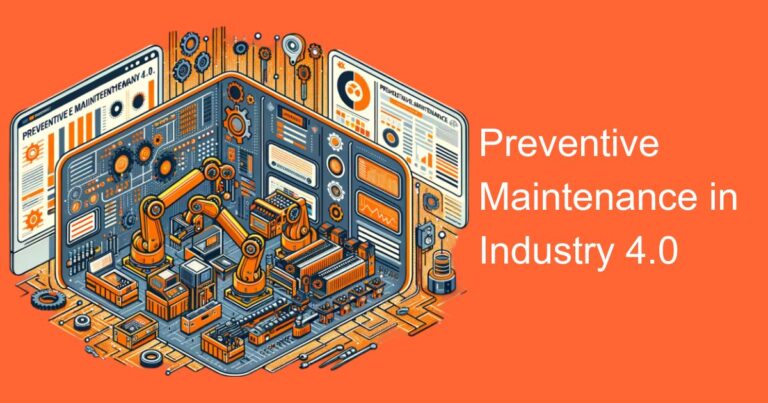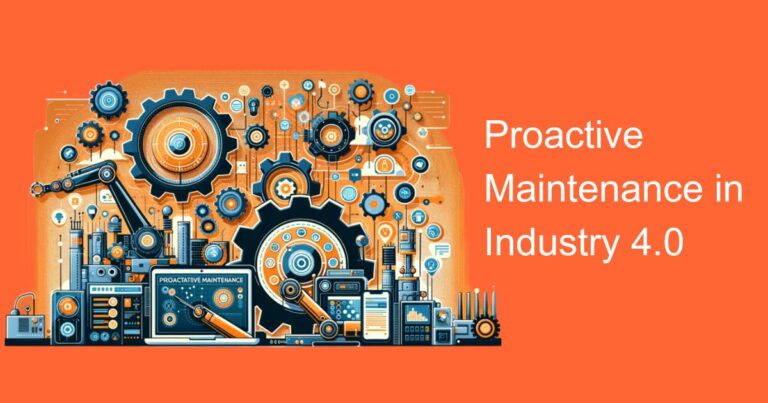Introduction
The mining industry is a critical sector in India, contributing significantly to the country’s economic growth and industrial development. Over the years, advancements in technology have revolutionized various industries, and mining is no exception. One such advancement that has garnered immense attention and proven to be transformative is autonomous maintenance. In this blog, we will delve into the crucial role of autonomous maintenance in the Indian mining industry, exploring its benefits, challenges, and the potential it holds for the future.
1) Understanding Autonomous Maintenance
Autonomous maintenance refers to the implementation of advanced technologies, artificial intelligence, and robotics to enable mining equipment and machinery to operate without human intervention. This approach ensures that the machinery’s performance and health are continuously monitored, reducing the risk of breakdowns, and maximizing productivity. In the Indian mining context, autonomous maintenance has the potential to streamline operations, improve safety, and optimize resource utilization.
2) Boosting Safety Standards
Worker safety has always been a top priority in the mining industry. By adopting autonomous maintenance solutions, mining companies can significantly reduce the risks associated with human involvement in hazardous operations. Autonomous mining equipment eliminates the need for human operators to be present at dangerous locations, such as underground mines or areas susceptible to landslides. This reduction in human exposure to risky situations leads to a decline in accidents and improves overall safety standards.
3) Enhancing Equipment Performance
Mining equipment is subject to harsh working conditions, resulting in wear and tear that can hinder performance and lead to expensive repairs. With autonomous maintenance, sensors and monitoring systems are integrated into the machinery, enabling real-time tracking of vital metrics. These metrics include temperature, pressure, vibration, and component health. The continuous monitoring allows for timely maintenance and preventive measures, reducing unplanned downtime and optimizing equipment performance.
4) Cost Efficiency and Productivity
Efficient maintenance practices lead to increased productivity and cost savings. By employing autonomous maintenance systems, mining companies can streamline their operations, better plan maintenance schedules, and minimize operational downtime. The enhanced equipment performance and optimized resource utilization result in increased productivity and reduced operating costs, contributing positively to the bottom line.
5) Environmental Impact
The mining industry often faces scrutiny due to its environmental impact. Adopting autonomous maintenance practices can have a positive effect on the industry’s sustainability. By optimizing equipment performance and reducing unplanned downtime, energy consumption and emissions can be minimized. Additionally, autonomous vehicles can be programmed to take more fuel-efficient routes, further reducing the carbon footprint of mining operations.
6) Skills and Training Requirements
Implementing autonomous maintenance in the mining industry requires a skilled workforce to handle the advanced technologies involved. As this technology is relatively new, there might be a shortage of skilled technicians and engineers to manage and maintain these systems. Investing in training programs and upskilling existing staff becomes essential to harness the full potential of autonomous maintenance.
7) Regulatory and Social Challenges
The introduction of autonomous mining technology raises several regulatory and social challenges in India. Existing laws and regulations may need amendments to accommodate the use of autonomous equipment in mining operations. Moreover, concerns related to job displacement and workforce adaptation need to be addressed through transparent communication and adequate support for impacted workers.
The Future of Autonomous Maintenance in Indian Mining
The Indian mining industry stands at the cusp of a technological revolution with the advent of autonomous maintenance. While the integration of such sophisticated systems presents its share of challenges, the potential benefits are immense. Improved safety, cost efficiency, enhanced productivity, and reduced environmental impact are compelling reasons to invest in and promote the adoption of autonomous maintenance in the mining sector.
Conclusion
As India strives to propel its mining industry into the future, embracing autonomous maintenance will undoubtedly play a pivotal role. The technology promises not only increased operational efficiency and safety but also the opportunity to build a sustainable and responsible mining sector. By addressing the challenges proactively and fostering collaboration between industry stakeholders, India can position itself as a global leader in autonomous mining practices, setting new standards for safety, productivity, and sustainability.








